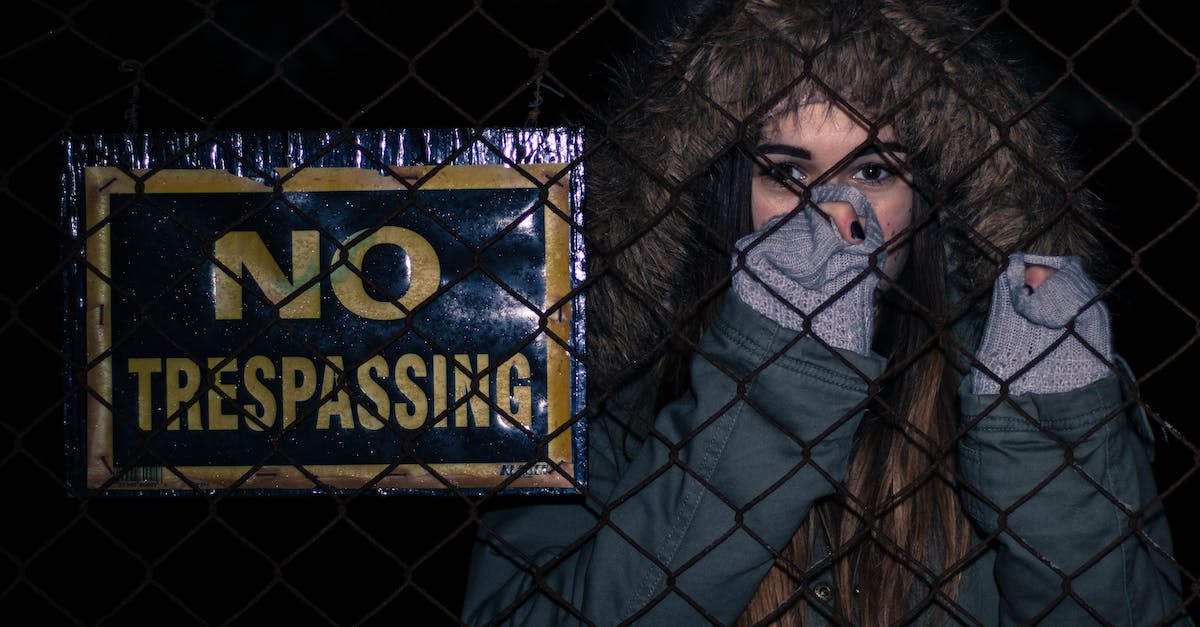When the Devil Knows You’re Dead: The Dark Side of Humanity in Film
The world of film has long been fascinated with exploring the darker aspects of human nature. From gritty crime dramas to chilling psychological thrillers, movies have often delved into the depths of the human psyche to examine the darkness that lies within. One such film that masterfully captures this exploration is “When the Devil Knows You’re Dead.” Directed by Sidney Lumet, this gripping tale takes viewers on a journey into the darkest corners of humanity, presenting a chilling and thought-provoking narrative.
Unlocking the Dark Side
In “When the Devil Knows You’re Dead,” Lumet skillfully peels back the layers of his characters, exposing their vulnerabilities and flaws. The film revolves around two brothers, Andy and Hank Hanson, who find themselves entangled in a web of deceit, crime, and ultimate betrayal. As the story unfolds, we witness the gradual unraveling of their lives and the devastating consequences of their actions.
The Power of Desperation
Desperation is a powerful motivator, and the characters in “When the Devil Knows You’re Dead” are driven to extreme measures as a result. Lumet expertly portrays the desperation of the brothers, showing how they are pushed to the edge and forced to make choices that have dire consequences. The film explores the lengths to which individuals are willing to go when faced with desperation, blurring the lines between right and wrong.
Exploring Moral Ambiguity
One of the most compelling aspects of “When the Devil Knows You’re Dead” is the exploration of moral ambiguity. The characters in the film are not easily defined as purely good or evil but rather exist in a gray area. This moral ambiguity adds depth to the story, challenging viewers to confront their own beliefs and judgments. Lumet forces us to question our own moral compass and consider how we would act in similar circumstances.
The Demons Within
Within each of us lies a battle between our demons and our better angels, and “When the Devil Knows You’re Dead” expertly portrays this internal struggle. The characters in the film are flawed and tormented by their own inner demons, and their actions are driven by these personal battles. Lumet delves into the psychological aspects of his characters, exposing their vulnerabilities and showcasing the complexity of human nature.
A Haunting Reflection
“When the Devil Knows You’re Dead” serves as a haunting reflection of the dark side of humanity. Through its gripping narrative and complex characters, the film forces us to confront the uncomfortable truths about ourselves and the world we live in. It serves as a reminder that we all possess the capacity for both good and evil, and that it is often the choices we make that determine which side we embrace.
In conclusion, “When the Devil Knows You’re Dead” stands as a testament to the power of film to explore the darker aspects of human nature. Through its exploration of desperation, moral ambiguity, and the demons within, the film offers a chilling and thought-provoking portrayal of the dark side of humanity. It serves as a reminder that, in the face of adversity, we are all capable of making choices that can have profound and lasting consequences.
FAQs
1. What does the phrase “When the Devil Knows You’re Dead” refer to?
The phrase “When the Devil Knows You’re Dead” is a metaphorical statement that conveys the idea of being caught or exposed in a malicious act.
2. What is the significance of exploring the dark side of humanity in film?
Exploring the dark side of humanity in film allows for a deeper understanding of human nature and the complexities of human behavior. It can also serve as a form of catharsis or a reflection of societal issues.
3. How are filmmakers able to portray the dark side of humanity effectively?
Filmmakers often employ various techniques such as atmospheric cinematography, intense storytelling, morally ambiguous characters, and thought-provoking narratives to effectively portray the dark side of humanity.
4. What are some examples of films that explore the dark side of humanity?
Examples of films that explore the dark side of humanity include “No Country for Old Men,” “Taxi Driver,” “A Clockwork Orange,” “American Psycho,” and “Se7en.”
5. What themes or subjects are commonly explored in films that delve into the dark side of humanity?
Themes commonly explored in such films include crime, violence, obsession, revenge, corruption, moral ambiguity, psychological disorders, and societal decay.
6. How can films that delve into the dark side of humanity impact the audience?
These films can evoke a range of emotions such as fear, disgust, fascination, and introspection, forcing the audience to confront the darker aspects of human nature and examine their own beliefs and behavior.
7. Are there any potential dangers or ethical concerns associated with exploring the dark side of humanity in film?
Yes, there can be potential dangers in terms of desensitization to violence or harmful behavior. Additionally, filmmakers need to ensure they handle sensitive subjects with care and avoid glorifying or promoting immoral actions.
8. How does the dark side of humanity in film differ from horror movies?
While horror movies often focus on supernatural or paranormal elements, films that explore the dark side of humanity tend to delve into the twisted nature of human beings, their capacity for evil, and the moral dilemmas they face.
9. Can films that explore the dark side of humanity have a positive impact on society?
Yes, these films can spark important discussions, raise awareness about societal issues, and challenge the audience’s perspective. They can also serve as cautionary tales and prompt individuals to reflect on their own actions and choices.
10. How do films that explore the dark side of humanity contribute to the art of filmmaking?
These films push the boundaries of storytelling and filmmaking techniques, often requiring intricate character development, nuanced narratives, and powerful performances. They contribute to the artistic exploration of human nature and the complexity of the human experience.




































